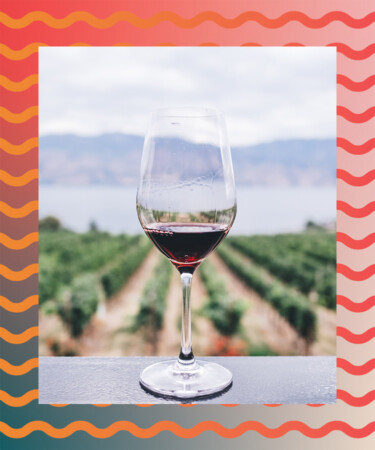With nearly one billion gallons of wine consumed in the United States every year, it’s fair to say that Americans love wine. But it seems that we’re leaning into the strong stuff more than ever: according to data gathered by David Morrison for The Wine Gourd, the U.S. currently produces the most alcoholic wines in the world.
Morrison’s data, sourced from Sweden’s Systembolaget — the country’s national wine retailer — compared hundreds of wines across the top nine wine producing countries, and analyzed the number of these wines with over 15 percent alcohol by volume for reds and 14 percent alcohol by volume for whites. Of the 388 red wines produced in the U.S.,16 percent were found to be bottled above 15 percent ABV, and 31 percent of the 150 white wines analyzed were bottled at over 14 percent alcohol.
As far as red wines go, the U.S. isn’t doing anything outlandish ABV-wise. Italy follows close behind with 13 percent of its red wines containing more than 15 percent ABV, and Spain rounds out the top three with 12 percent of its 8879 wines boozed up at 15 percent ABV or higher. White wine, though, is a completely different story. The U.S. knocks all other countries out of the park with a whopping 31 percent of its white wines containing at least 14 percent alcohol by volume. France comes in second place with just 15 percent of 1,008 wines bottled at over 14 percent ABV. In fact, Germany produces no white whites containing more than 14 percent ABV whatsoever.
As for why alcohol content in wine seems to be soaring around the globe these days, some experts point to California wine makers and climate change. As California became synonymous with full-bodied, high-alcohol red wines, winemakers around the world took to making wines in a similar style, allowing grapes to ripen on the vine for longer, creating a higher concentration of sugar within each grape. During fermentation, this higher sugar content not only allows for wines to take on the rich qualities beloved by the American palate, but ups the alcohol content, too. Climate change also has an influence on the amount of alcohol present in our bottles, as warmer temperatures cause an increased number of sugar to build among the grapes, resulting in the same drinking qualities and alcoholic quantities as grapes left on the vine deliberately.
